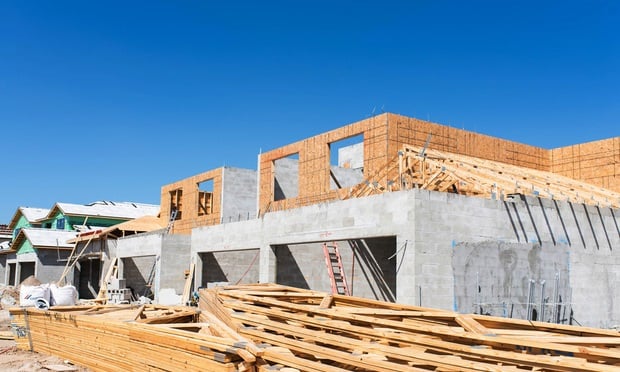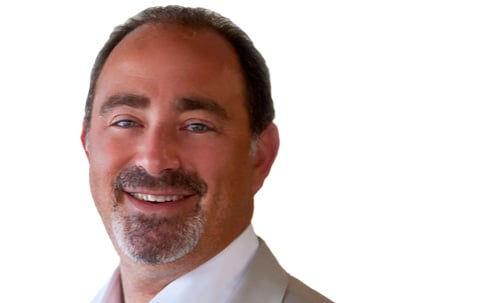SAN DIEGO—Knowing your demographics, strategically stacking space and bringing the 'human connection' between stores and the community are key to retail success in a mixed-use setting, said speakers on ICSC Western Division's Next Generation panel yesterday. Recognizing that the next generation of consumers—from Millennials to Generation We—is most comfortable in a mixed-use environment, the panelists gave insightful tips on what works and what doesn't.
When moderator Ed Sachse, executive managing director of Kennedy Wilson, asked the panelists, “What is your brand doing differently to get closer to the customer?” Michael Ayres, area developer for Orchard Supply Hardware, spoke of using mezzanines to better utilize space and allow customers to view the entire store at a glance. “A 5,000-square foot mezzanine was outperforming the lower level of the store. People shop the store with their eyes, and this was a cool way to energize the box.” Ayers said by stacking space strategically and using ramps for access to different levels, stores could shrink their footprint and still carry ample merchandise in a mixed-use space. Also, the store places its garden section outdoors to create green space that serves as an amenity for the city and attracts customers.
Jim Delehoy, store development manager of Starbucks Coffee Co., said mixed-use is “huge in West L.A. and Downtown L.A. It's a concept that's here to stay, so we have to get creative with it.” He added that the company first assesses how the customer wants to use the space before designing its layout, and he pointed out that bringing multifamily landlords in a mixed-use development into the process early on to educate them about the details of the retail aspect is a smart move in mixed-use development.
Lynn Lloyd, West region franchise development leader for Taco Bell Corp., said the firm is sticking a “toe in the water with the urban thing” and has done a lot of test marketing of its store concepts to see what works and what doesn't. She said the company has brought its mixed-use footprint from between 2,200 square feet and 3,000 square feet down to between 1,200 square feet and 1,600 square feet.
The panelists agreed that looking at demographic and psychographic data, as well as studying the attributes of a location, is important, but nothing compares to visiting the space and physically being there. “You need to know your market and what's coming in around the space,” said Delehoy. “You need to get out on the ground—you can't do Downtown L.A. from a car. You have to get out and walk it.”
Lloyd pointed out that because the average ticket at Taco Bell is fairly low, the firm needs to be in locations that drive in lots of customers—higher-traffic areas near transportation stops that are very visible to passersby. This is where studying psychographics comes in for her firm, she said.
The panelists also spoke of the green measures their firms are taking, from using recycled materials in the construction of their stores to conservation and natural ingredients in their products. Since the environment is hugely important to the younger generation, having some eco-sensibility is critical for almost every company.
Lastly, the panelists discussed what they do to “de-chainify” themselves and connect with the urban community, who may object to having a chain store in the neighborhood. Ayres said his firm rallies the support of neighborhood groups—“We want them to feel like it's 'their Orchard,' not just the Orchard on X St.”—and Delehoy said the anti-chain pushback is usually a vocal but small minority and “not to get too discouraged” by it. Lloyd added that connecting with where you're going and being in touch with the consumers is important, saying that adding features like mobile ordering in urban stores was borne of listening to what customers want.
© 2025 ALM Global, LLC, All Rights Reserved. Request academic re-use from www.copyright.com. All other uses, submit a request to [email protected]. For more information visit Asset & Logo Licensing.







